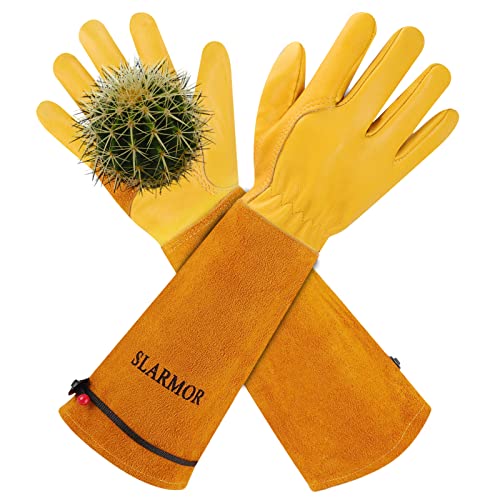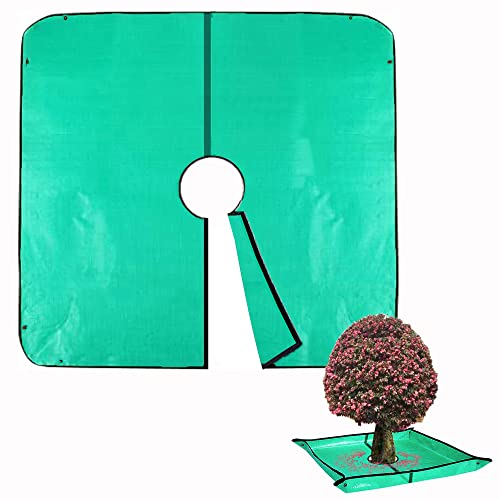When to prune barberry – experts reveal the exact timing for deciduous and evergreen varieties
Keep your flowering shrubs in top condition – just remember gloves as pruning barberry can be a prickly job

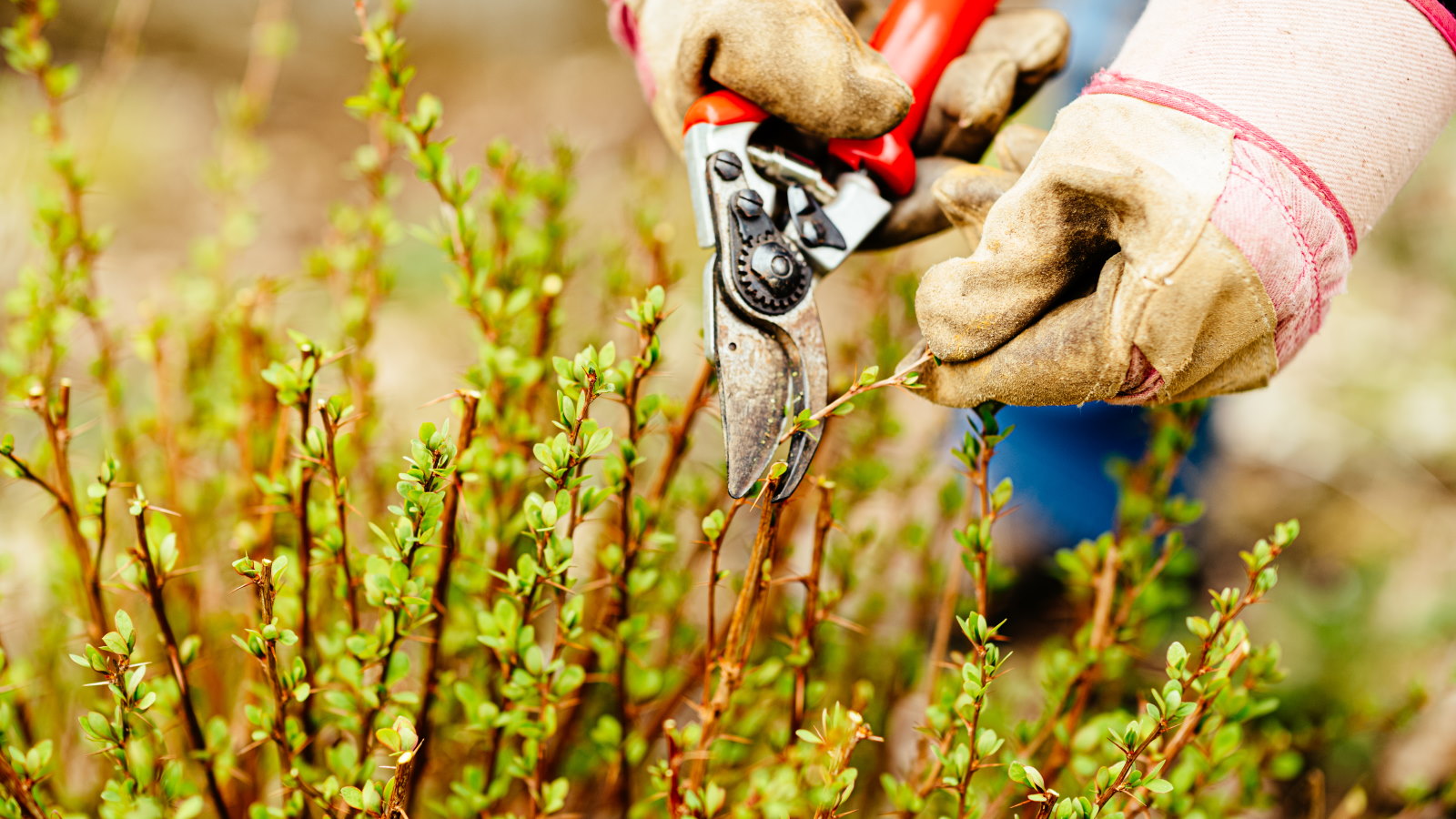
Barberry, the common name for berberis, are versatile deciduous or evergreen shrubs renowned for their foliage, flowers, berries, and sharp spikes. There are hundreds of different shrubs within the Berberis genus and all will benefit from annual pruning. But exactly when and how do you prune barberry?
Knowing when to prune shrubs is important to keep them healthy and productive year after year. When it comes to pruning barberry shrubs, the timing will vary on whether they are deciduous or evergreen varieties.
As barberry are fast-growing shrubs, not trimming them can result in the shrubs getting overgrown and unkempt. I heard from two plant experts about when to prune barberry bushes and they revealed some recommended steps for pruning your shrubs.
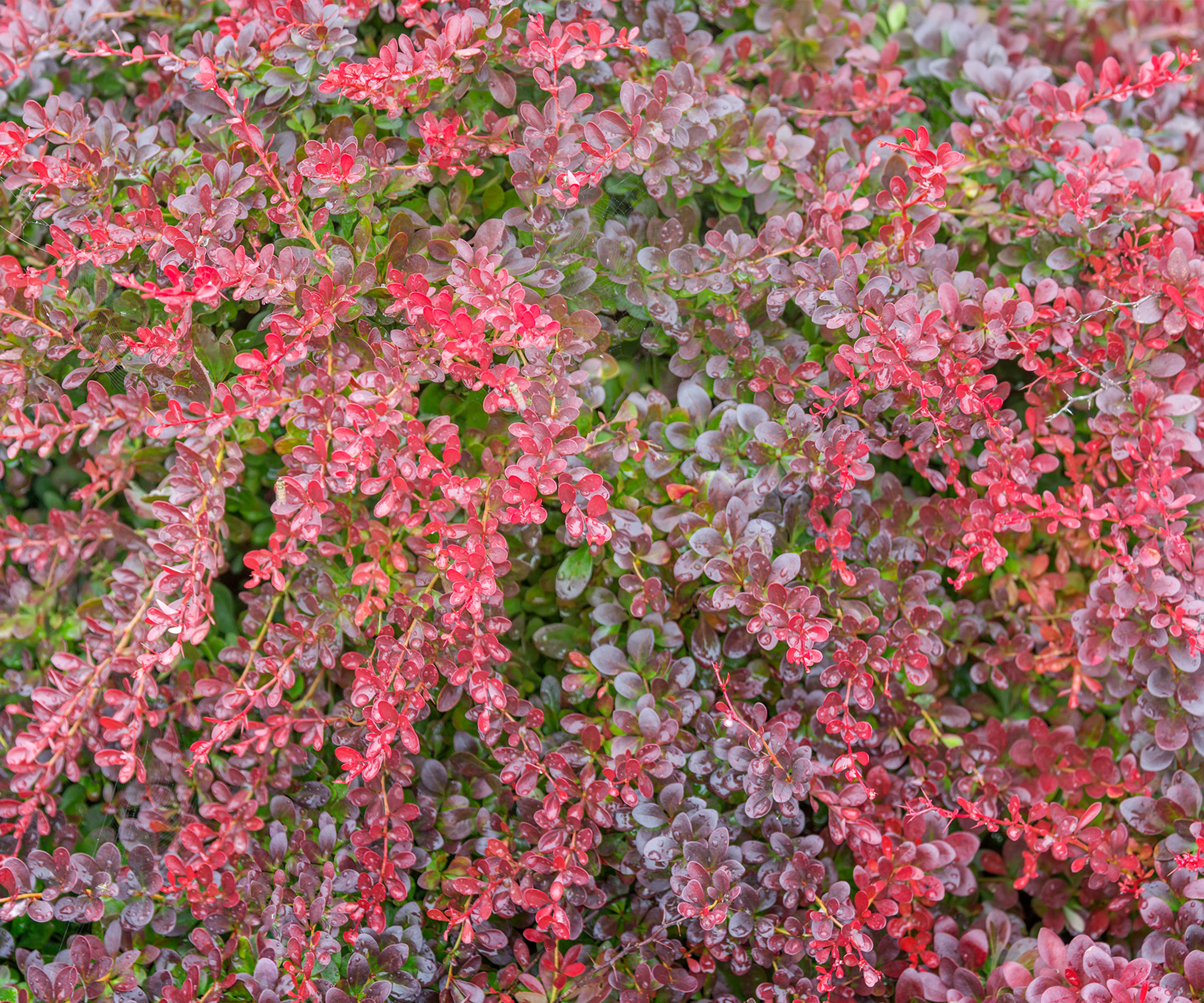
Deciduous barberry have brightly colored foliage and berries
In focus - how to prune barberry
Grab those thick gloves and your pruning tools. Barberry pruning shouldn’t be daunting and isn’t difficult and this guide reveals all the facts about how to cut back the shrubs.
When to prune a barberry bush
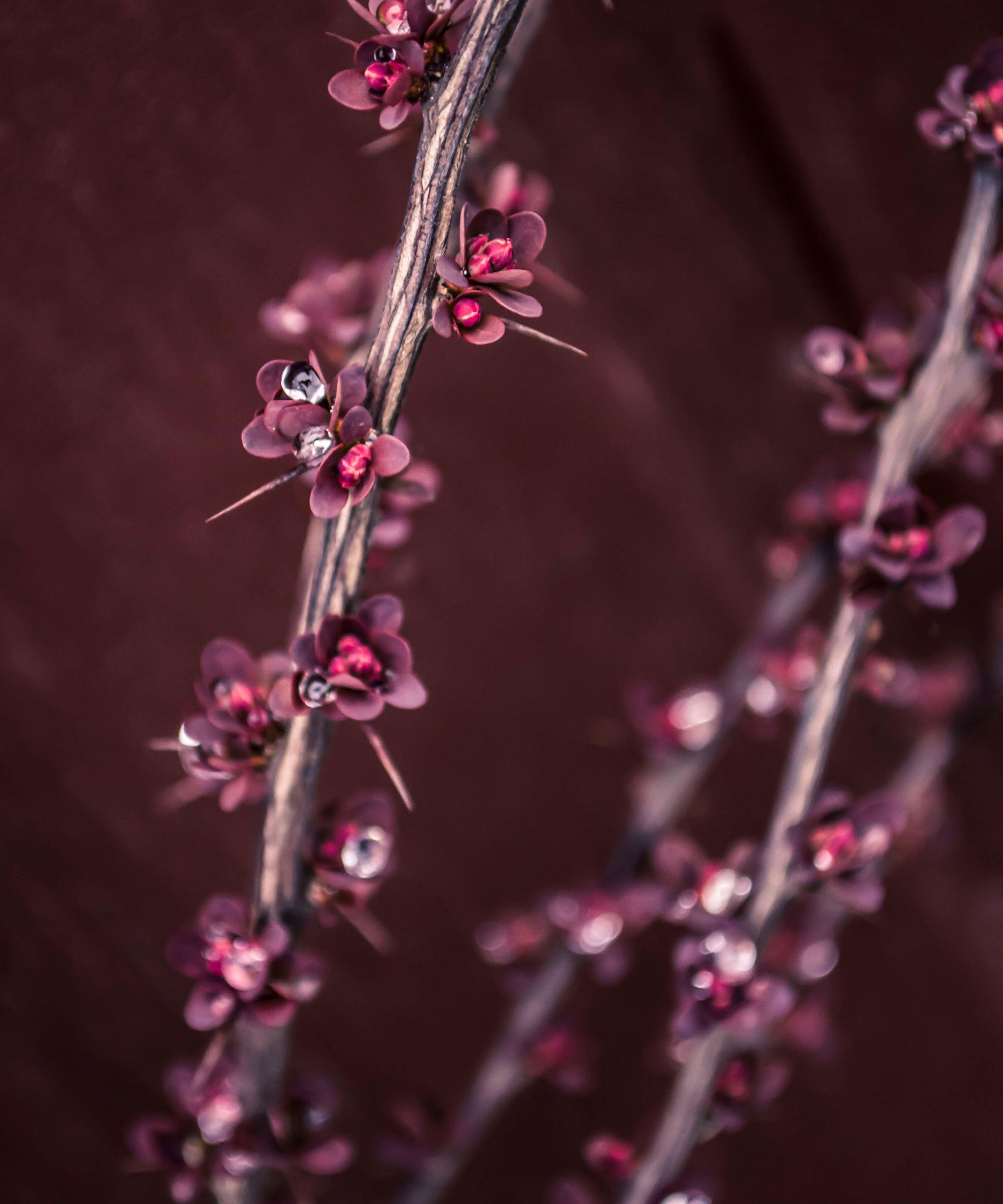
Barberry are renowned for their spikes
The timing is important for pruning barberry shrubs and varies depending on whether they are deciduous or evergreen shrubs. Both types of barberry are low-maintenance and should only require a single trim a year. A second prune may only be necessary if you are growing barberry as hedging plants to keep them neat and formal.
Deciduous types of barberry are best pruned during dormancy from late winter to early spring, just before new growth starts for the year. It provides an ideal time to prune barberry as you can easily see the shrub’s structure to remove dead, diseased, or damaged stems.
Evergreen barberry varieties are pruned at a slightly different time. They can be pruned after flowering in early or midsummer, however, if you want to enjoy the shrub’s berries in fall, you can hold off trimming the flowering shrub back until winter.
Design expertise in your inbox – from inspiring decorating ideas and beautiful celebrity homes to practical gardening advice and shopping round-ups.
Whichever option you choose is fine, but do not make the shrub pruning mistake of trimming in late summer or early fall. As Valeria Nyman, chief product officer of Taim.io, warns: ‘Timing really is everything.
‘The key is avoiding pruning too late in the growing season, as it can trigger new growth that won’t harden off before winter. I learned this the hard way once, watching frost nip tender shoots on a Japanese barberry I’d trimmed too late.’
Any large-scale renovation pruning of barberry shrubs should be done during dormancy. The shrubs respond well to hard pruning and can handle such renovation during winter.
Taking the time to prune barberry bushes is important as it maintains the shrub’s size, shape, and appearance. Barberries tend to get dense and tangled over the years and pruning will open up the shrub, improving air circulation and light penetration and leaving them less vulnerable to fungal diseases. As well as keeping the shrub healthy, pruning a barberry bush tidies them up and promotes vigorous growth to carry future flowers.

Valeria is the Chief Product Officer at Taim.io, an innovative platform that serves as a personal, adaptive gardening coach, offering tailored weekly advice to users. Valeria is a lifelong gardener and offers advice on a range of gardening matters.
How to prune barberry bushes
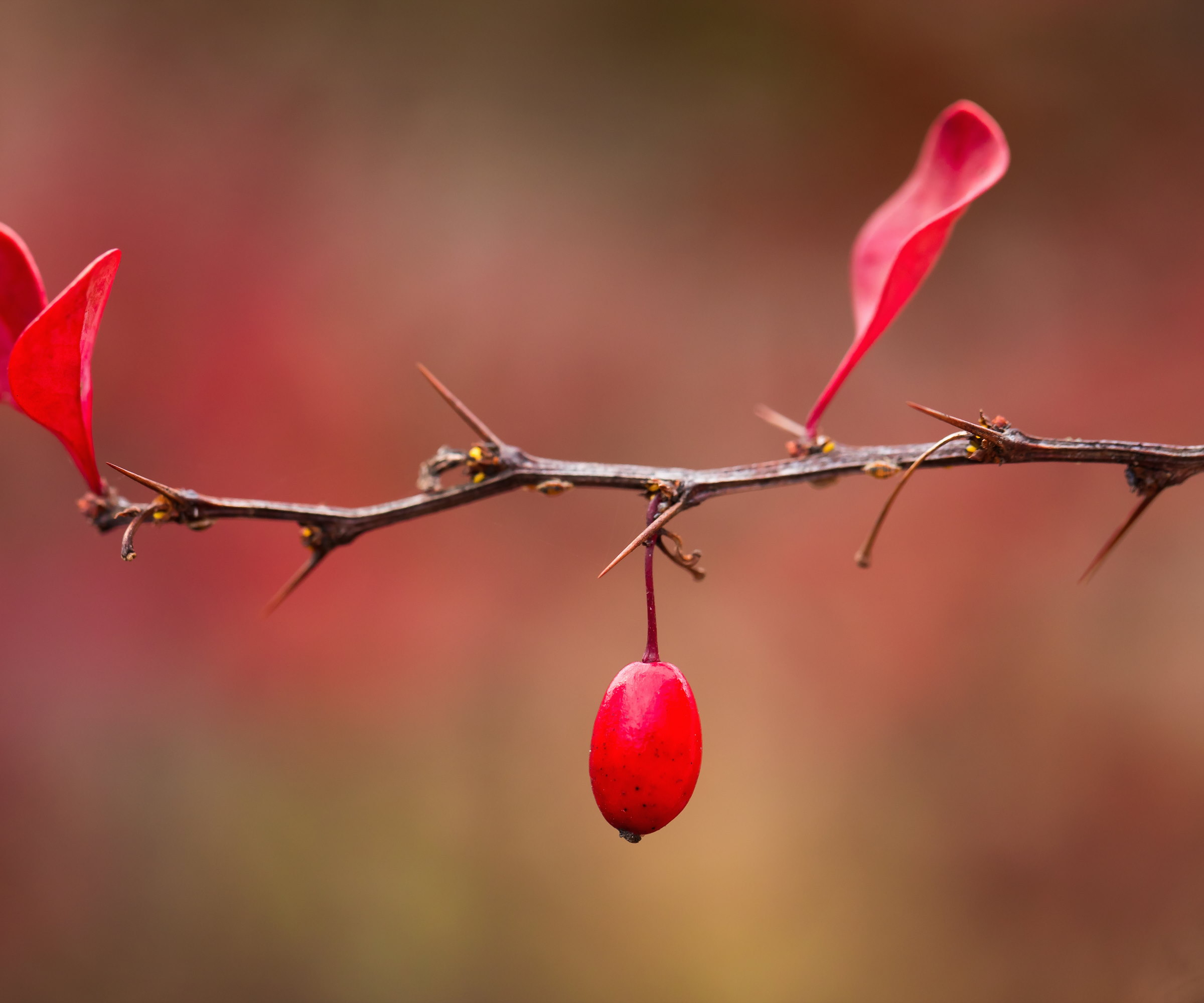
Barberry produce colorful berries in fall
Ahead of pruning barberry bushes, it is important to have the right garden tools and equipment. Always use clean and sharp pruning shears or loppers to cut and wear thornproof gardening gloves to protect your hands from the shrub’s sharp spikes. Valeria Nyman offers a useful tip to help deal with the tidy-up afterwards. ‘For thorny varieties, lay a tarp under the bush before pruning. It makes cleanup faster and saves your hands from post-pruning scratches,’ she says.
Start pruning by removing dead, damaged, or diseased branches and any crossing over each other - as such crossing stems can rub and create entry points for diseases. Such branches can be cut back to healthy wood or the main stem.
Then focus on shaping the plant. ‘Trim back overgrown areas to maintain the desired shape and size,’ advises Ken Wickham, an ISA-certified arborist with Joshua Tree Experts. ‘For deciduous barberry, focus on thinning out interior branches to reduce crowding.’
The key is to focus on gentle trimming to create a natural shape and always pruning back to a bud or a branch junction without overdoing it, as annual pruning of barberry bushes is best done with a light touch.
‘Also, check for suckers (new growth at the base) and remove them to maintain the plant's form,’ Ken recommends.
While a gentle shaping is sufficient for regular pruning, overgrown barberries can withstand a harder approach. If you are willing to sacrifice a year of flowers, the entire shrub can be cut to one foot from ground level in winter. Alternatively, sections of the oldest branches can be removed over a few years to rejuvenate an overgrown shrub.

Ken Wickham brings expert-level knowledge and a deep commitment to excellence in tree care to his role as Tree Care Franchise Facilitator at Joshua Tree Experts. Accredited as an ISA Certified Arborist, Ken combines his extensive understanding of arboriculture with practical skills in tree health management.
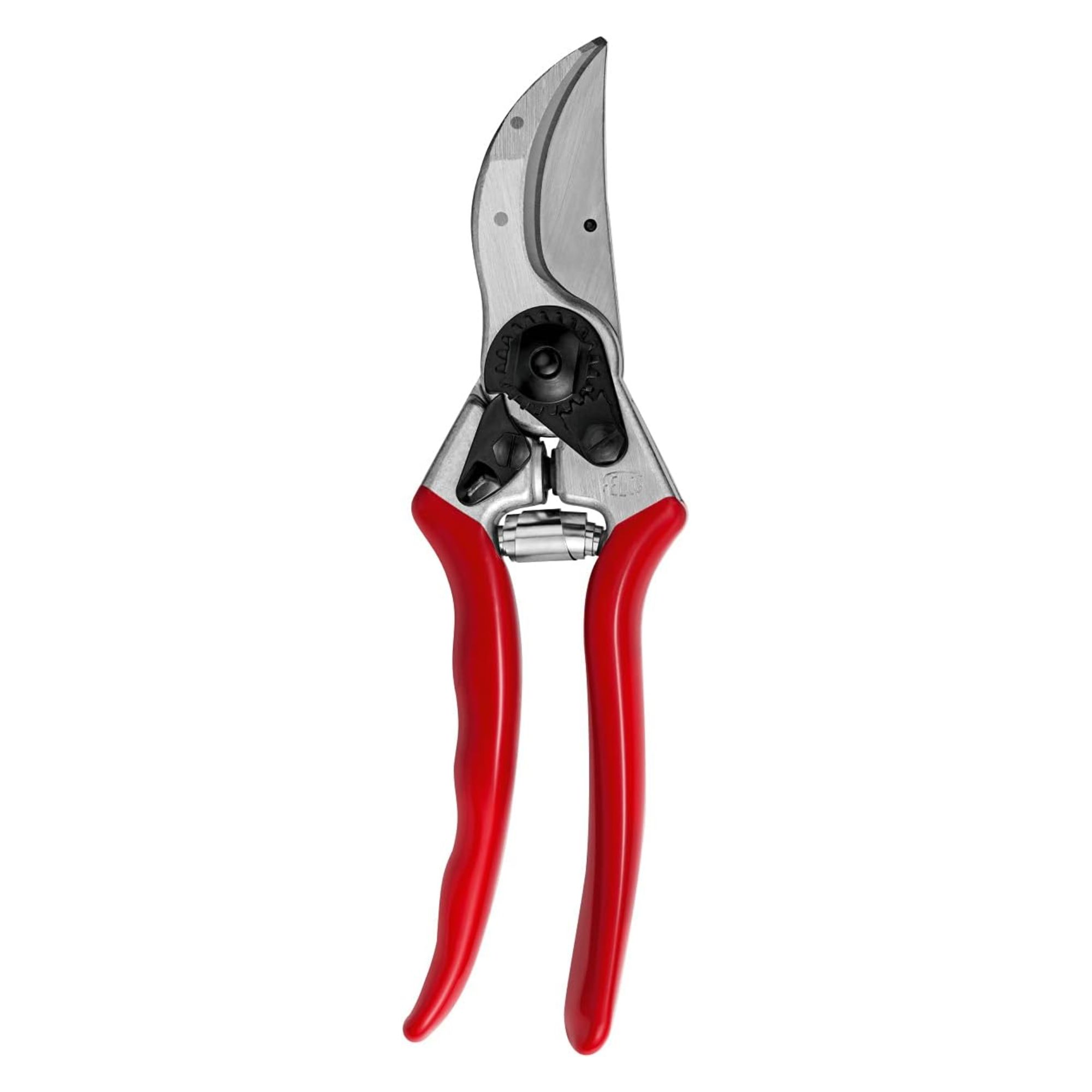
The Felco No. 2 shears are great tools for cutting back shrubs and are one of the best pruners on the market. They are sharp, tough, and comfortable to use. Another bonus is that all parts of replaceable.
FAQs
Can you cut barberry to the ground?
Barberry can respond to drastic pruning and the entire shrub can be cut down to as little as 12 inches from the ground in late winter. The shrub can recover from this hard renovation pruning, but there will be no flowers or fruit on the new growth that sprouts that year. It is beneficial to mulch around the shrub after hard pruning.
Some species of barberry, including Japanese barberry, are considered invasive plants in some US states and their spread needs to be controlled. Ken Wickham from Joshua Tree Experts recommends lightly pruning after flowering to help control the spread. He says: ‘Trimming after flowering encourages a second flush of blooms and prevents excessive seed production to control any invasive spread.’

Drew has worked as a writer since 2008 and was also a professional gardener for many years. As a trained horticulturist, he worked in prestigious historic gardens, including Hanbury Hall and the world-famous Hidcote Manor Garden. He also spent time as a specialist kitchen gardener at Soho Farmhouse and Netherby Hall, where he grew vegetables, fruit, herbs, and cut flowers for restaurants. Drew has written for numerous print and online publications and is an allotment holder and garden blogger. He is shortlisted for the Digital Gardening Writer of the Year at the 2025 Garden Media Guild Awards.
